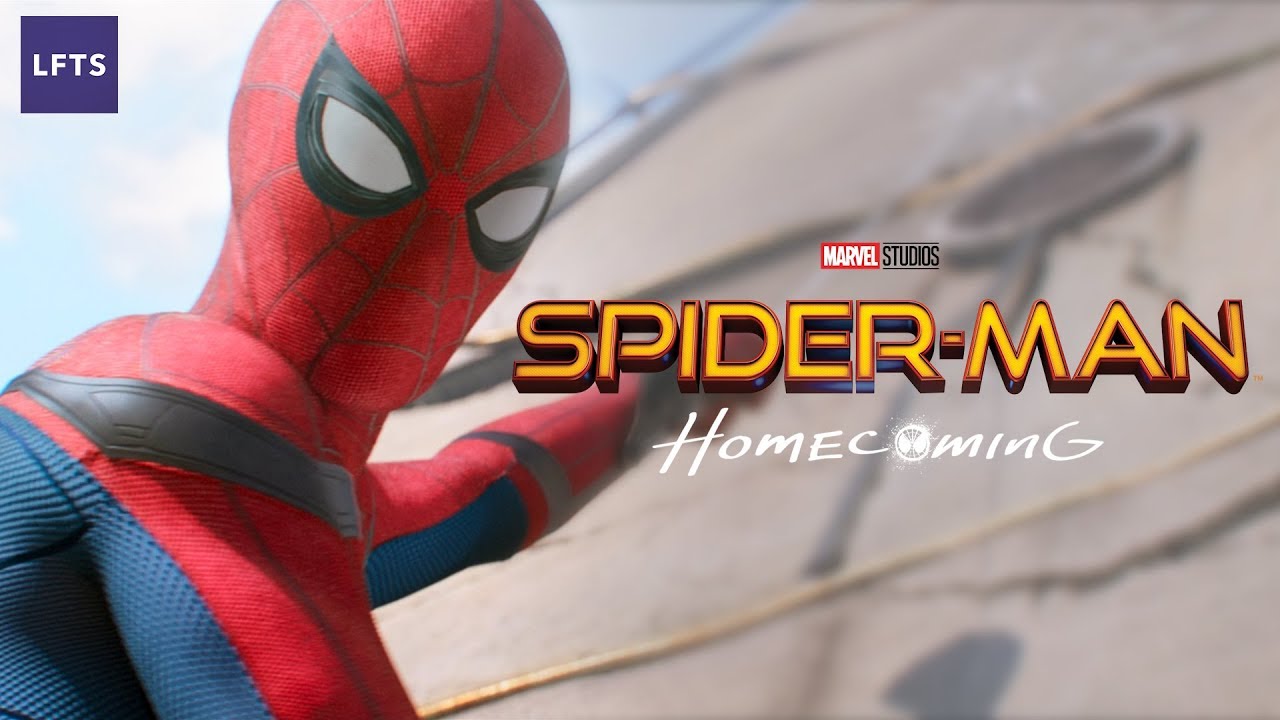[09:39 Fri,12.July 2019 by blip] |
The Content-ID system is Google&s method to prevent unauthorized uploading of video and audio material to YouTube, or to give rights holders the opportunity to take action against rights violations. The system mainly works automatically by matching user clips with content in a database of protected content -- if a match is found, a claim is made and the video is either blocked or, more often, monetized for the benefit of the rights owner. So far, so good -- but the Content-ID also has some weaknesses. For example, labels or artists often have songs protected as their own works, even though they are only derivatives of freely available songs. Unfortunately, it happens to us again and again that a music track released under a CC license, which we have used in a test clip, is suddenly complained years later as copyright infringing, because some musician simply sings his lyrics over it and - erroneously - completely claims the result as his own creation. Then any other use of the original piece is prevented by content ID recognition. Elsewhere, we had already described from our own experience how in such a case An automatic copyright protection system would therefore be optimal, in which it would actually be checked whether the right claim is at all given -- optimal, but hardly feasible.  deutsche Version dieser Seite: YouTube: Änderungen bei manuell beanstandeten Copyright-Verletzungen |





